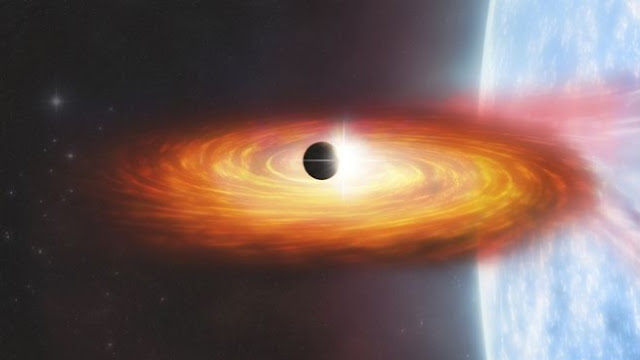The US military will have new sniper robot dogs
Science fiction has crept into scientific reality this week, when a robotics company displayed its robot dog equipped with a sniper rifle at the annual convention of the Association of the United States Army. In Washington, DC. the quadruped robot may look like a good friend, but it is equipped with a built-in sniper rifle capable of striking targets three-quarters of a mile away. The service could operate this robotic weapon system remotely. Importantly, it would only attack targets with the permission of a human. This robot dog, known as "Vision 60", comes from Philadelphia-based Ghost Robotics, a startup focused on robots with legs. Previously, we saw Vision 60 robots in US military service during a 2020 US Air Force exercise at Nellis Air Force Base in Nevada. There, the machines helped establish a security cordon. Air bases, which often require runways thousands of feet long, can be difficult to patrol effectively, and robot dogs make it easier to rely on fewer humans for work.
They discover what may be the first planet outside our galaxy
Everything about outer space and the infinity of the universe is impressive as well as overwhelming. There is still a lot to know and it is very likely that human beings will never understand even a good percentage of everything that surrounds us. However, new techniques can be devised to be able to see beyond what our current tools reach, and this is how they have discovered what appears to be the first exoplanet at such a long distance.
It is a planet that may have been discovered because it passed in front of a star and that caused part of the light from that star to be covered, showing that something passed in front (via Engadget). This mysterious planet is located in Messier 51 (M51), a spiral galaxy also called the Whirlpool Galaxy, which is located no more and no less than 31 million light years away. This is a huge milestone, as the exoplanets known to date 'only' were some 3,000 light-years from Earth.
According to the study, it appears that it is a planet the size of Saturn, approximately. How they have detected it is quite hopeful in order to learn more about the universe and all the stars that compose it. To date, our search was based on being able to observe transits (that a planet passes in front of a star) looking for falls in the optical light, that is, that the human could see for himself. However, with this planet another technique has been used in which the transits are observed looking for drops in the brightness of the X-rays. This makes it easier to detect planets since the fact that one passes in front of a star, this would block a huge part of X-rays.
The current problem is that it is not possible to confirm 100% that they have discovered an exoplanet, and to be able to confirm it they must wait about 70 years to see that transit again in that same star. It orbits a neutron star or a black hole that was created after a violent supernova that the exoplanet survived.











0 Comments